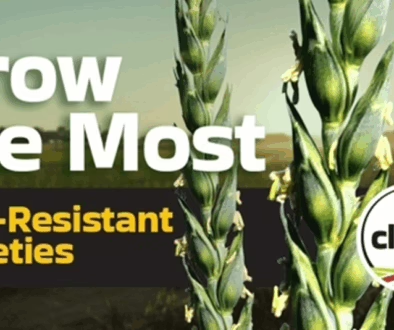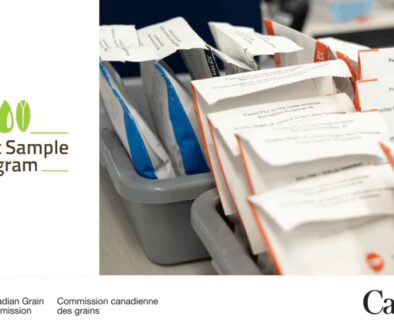Fall-Applied Herbicides for Resistant Wild Oats
Source: Resistant Wild Oat Action Committee, “Fall is Here: Soil Applied Granular Herbicide Application” infographic.
Fall is a good time to think about weed management for next year—especially when it comes to resistant wild oats. Post-harvest offers an ideal window for spreading soil-applied granular herbicides. This small action can help you stay a step ahead of this tough and costly weed.
Wild oats continue to evolve resistance to Group 1 and Group 2 herbicides. Saskatchewan farmers are left with fewer post-emergent control options for cereal and pulse crops. That’s where fall-applied granular herbicides come in. Applying them before winter can help manage resistance, improve control consistency, and take a load off next spring’s workload.
Learn More: Understanding Herbicide Resistance Tests
Why Fall Works
According to the Resistant Wild Oat Action Committee (RWOAC), fall-applied soil-applied granular herbicides—specifically those in Group 3 (like trifluralin or Edge®) and Group 8 (like Avadex® or Fortress®)—offer several key advantages:
- Timing flexibility: Fall applications can be done when fieldwork is wrapping up, before the rush of seeding.
- Consistent performance: Cooler soils and stable moisture levels help even herbicide activation and incorporation.
- Resistance management: Using Groups 3 and 8 provides a valuable break from overused Group 1 and 2 herbicides. This can help slow resistance development and maintain future control options.
In short, a few extra hours in the field post-harvest can mean fewer headaches next year – especially as wild oat populations become increasingly stubborn.
Tips for Application
- Start after October 1st, once soil temperatures have cooled.
- Distribute crop residue evenly to ensure good soil contact.
- Follow with a heavy harrow to improve performance and soil incorporation.

Thinking Long-Term
Herbicide resistance management is a marathon, not a sprint. A strategic mix of fall-applied products, diverse crop rotations, and integrated weed management helps preserve herbicide efficacy.
As RWOAC notes, fall applications of granular herbicides are one of the most reliable ways to reduce wild oat pressure heading into the next growing season. Plus, you’ll decrease your reliance on herbicide groups that are no longer effective.
For more information, visit the Resistant Wild Oat Action Committee at weedscience.ca/wild-oat-action-committee or email wildoataction@gmail.com.
Download the Original Infographic




